This one day course will give you the skills and knowledge to safely increase your depth’s in Freediving and give you tools to also deal with life’s everyday worries.
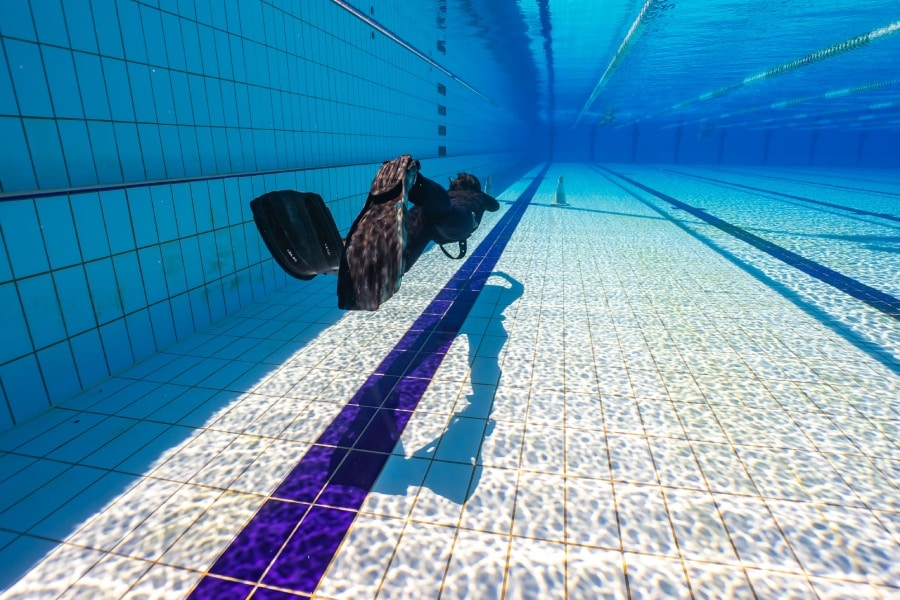
Whether you’re looking to start your freediving journey or just looking to learn the freediving principles you can use to get more out of life, we’ve got you covered.

This one day course will give you the skills and knowledge to safely increase your depth’s in Freediving and give you tools to also deal with life’s everyday worries.
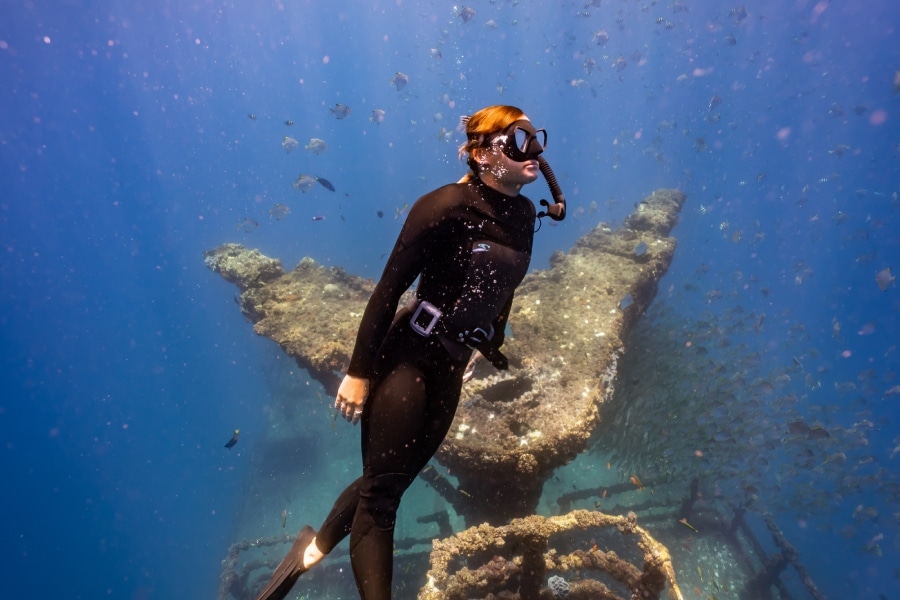
This two day course will give you the skills and knowledge to safely increase your depth’s in Freediving and give you tools to also deal with life’s everyday worries.
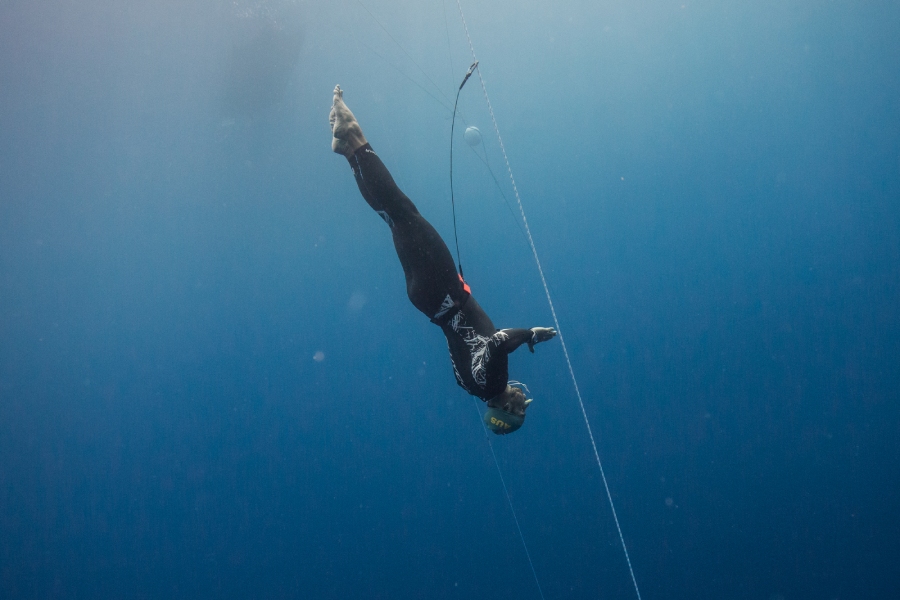
This course will focus on advanced technique and equalisation to increase your depth safely.
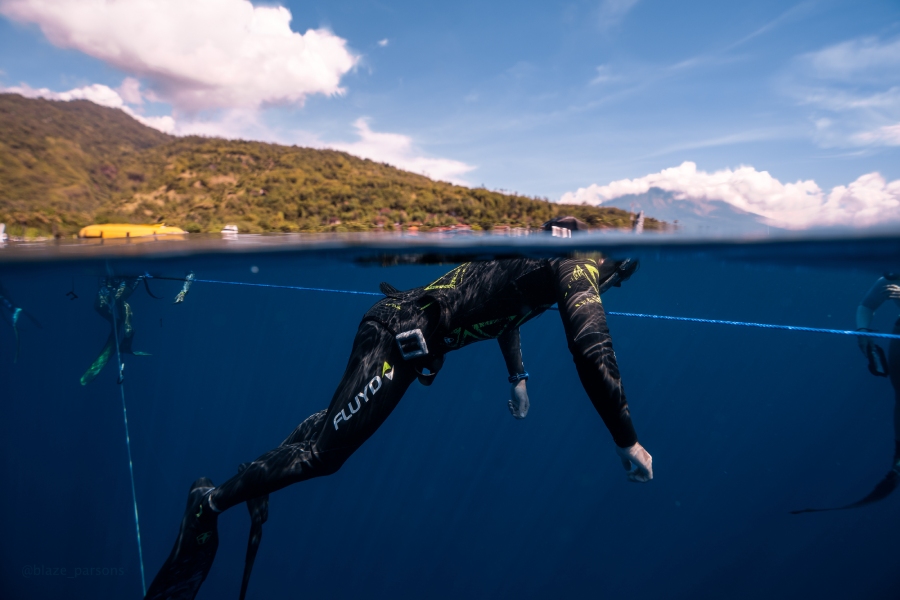
This course will enable you to assist on PADI Freediving courses and see you enter the deep safely on your terms, on one breath.
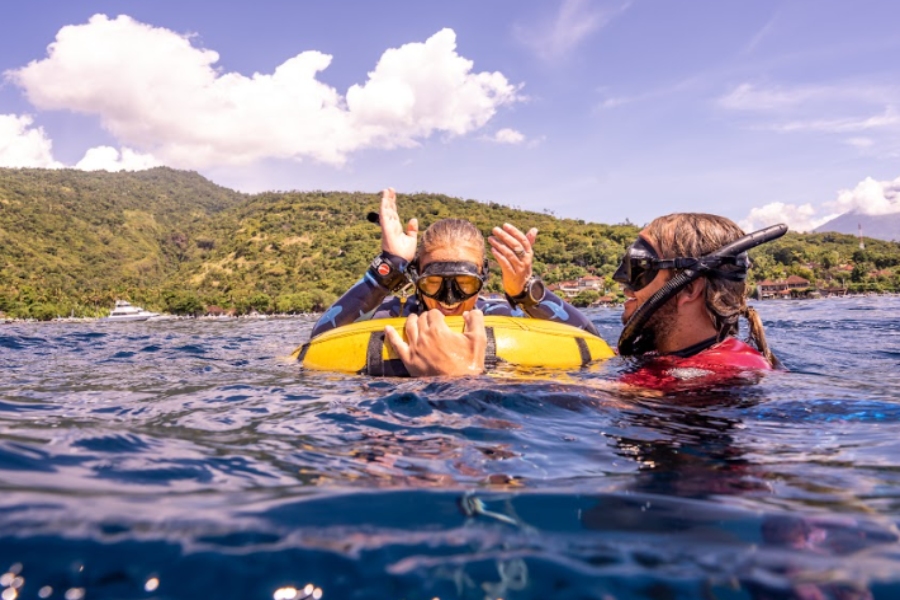
Instructor course will give you the ability to turn your passion into your career. You will come out of this course with the confidence to run your very own PADI Freediver course.
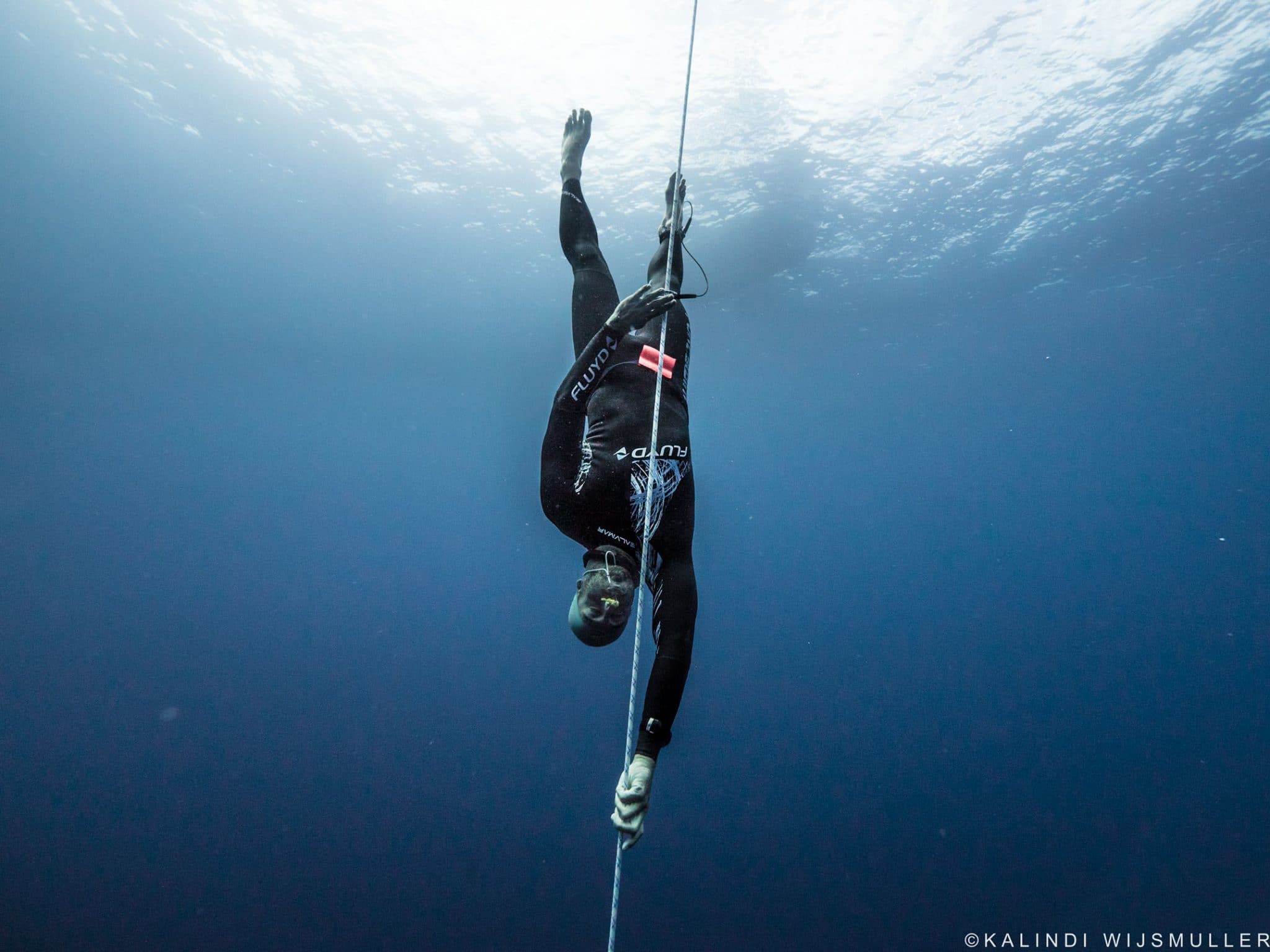
Complete both the theory and breath workshop modules of the PADI Freediver Course at the comfort and safety of your home.
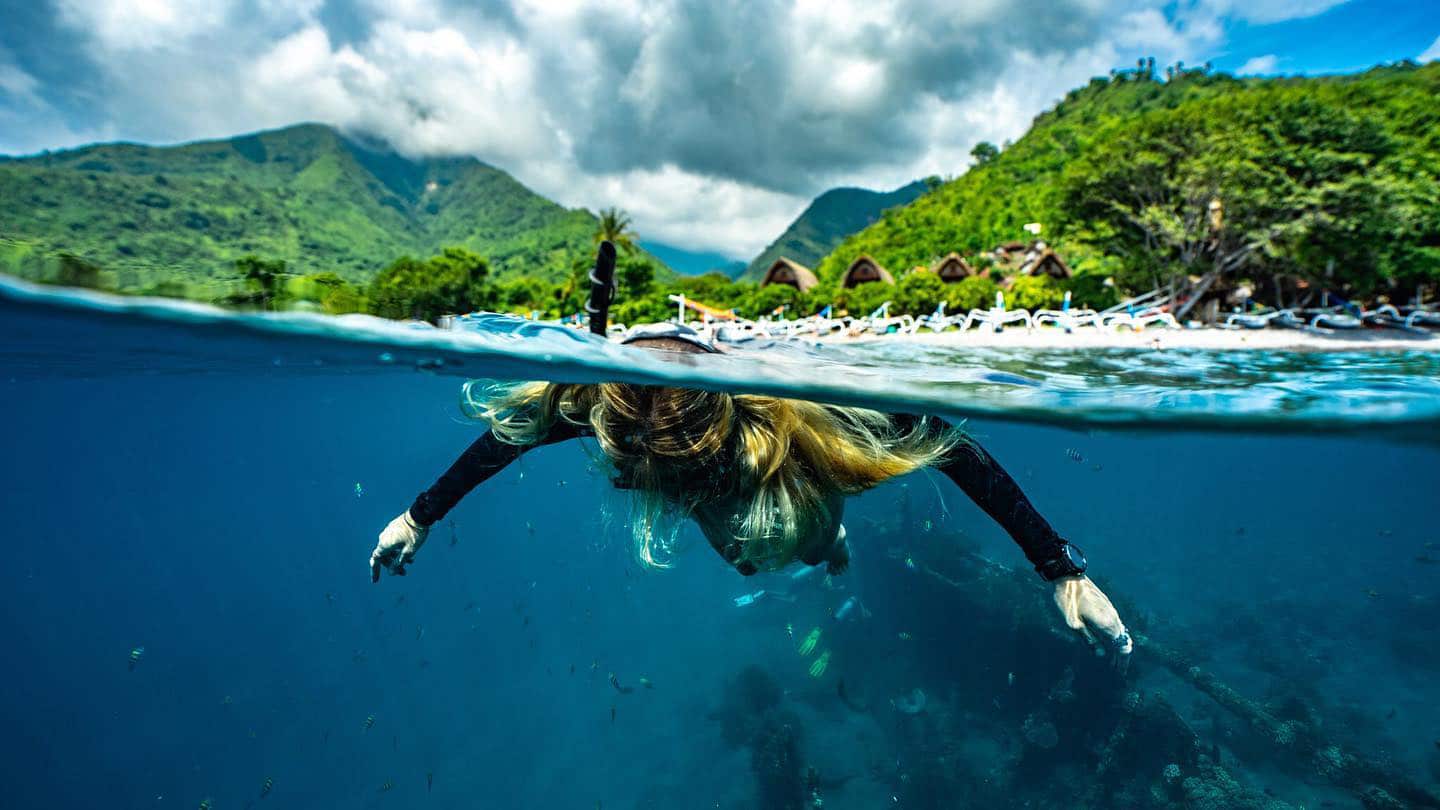
This online program tackles the 5 pillars of mental mastery that will help in the struggle for strong mental health.
Over the past five years, The Pressure Project Founder Adam Sellars has been on what could be described as a spiritual journey that has culminated in the colliding of two worlds that have shaped the person he is today.
Adam is a worldwide PADI Ambassadiver. Adam has attained the highest level of Freediving instruction being a PADI Instructor Trainer.
Adam has competed for Australia in both the AIDA Freediving World championships and Vertical blue Freediving championships.
Adam is also a qualified Meditation teacher and Yoga Instructor. Both being integral parts of the Freediving experience.
As an athlete, Adam has always grappled with the pressure that is part and parcel of the sporting experience. But his personal life was not all sunshines and rainbows either. Just like you, he had to constantly struggle with the pressures of everyday life, which at one point even threatened to cripple and derail his life.
The misunderstood sport of freediving has opened his eyes to a new way of living and coping with the pressures and stresses of sporting, work, and everyday life, which he now wishes to share with teams, organisations, and individuals alike.
Today, Adam uses the principles of meditation, the power of breath and breath hold, and the ability to embrace and withstand the powerful messages from the brain which limit us to empower himself and others in his new path of helping people unlock their potential by breaking free of the shackles of pressure.
Most students start at Level one or what PADI call the ‘Freediver’ level which is a two day course which includes:
-PADI E-LEARNING
-FREEDIVING THEORY
-BREATHWORKSHOP MINDFULNESS &YOGA FOR FREEDIVING
-CONFINED WATER SESSION TO PRACTICE FREEDIVING SKILLS
-BOAT CHARTER WITH DOUBLE FREEDIVE
There is the option to Complete just the ‘Basic PADI Freediver’ course which is a one day course and only differs from the ‘FREEDIVER course in that it doesn’t include the second day being the boat charter/ Ocean portion.
We offer all levels of PADI Freediving levels both on both the Sunshine Coast, Gold Coast and at retreats around Australia and overseas.
The general progression is.
PADI ‘FREEDIVER’ (LEVEL ONE)
PADI ‘ADVANCED FREEDIVER (LEVEL TWO)
PADI MASTER FREEDIVER (LEVEL 3)
PADI FREEDIVING INSTRUCTOR COURSE
Freediving on the Gold Coast is run predominately out of SouthPort with diving held in various locations depending on level of Freediving course. Palm beach reef and a visit to the Scottish prince wreck are often on the Gold Coast Freediving boat trips.
Freediving on the Sunshine Coast are run predominately out of Mooloolaba. Freediving takes place on the Ex-HMAS Brisbane wreck which is a 133m warship which served in the Vietnam and Gulf wars which is now an artificial reef and is full of life perfect for our Freediving adventures.
We can also run Freediving courses anywhere in Australia upon request.
Freediving retreat’s are also run at Lady Elliot Island, Ribbon Reefs, Mount Gambier with Kilsby Sinkhole being the main location used. All perfect for a holiday and perfect locations to complete your PADI Freediving course
Freediving is mainly a mental challenge so for the Level one Freediving course it is not necessary to train however you’re most welcome to. You do have to complete a medical form, (not a full dive medical like in Scuba), and be able to swim either 200m or 300m with a mask, snorkel, and fins on.
Snorkeling is the casual act of putting on a mask and snorkel and looking below while floating. Snorkelers may not have any training and generally spend most of the time on the surface. Skin diving takes snorkeling a step further by adding short dives underwater. Skin divers may have training that teaches skills, such as efficient dives and snorkel-clearing. Freediving uses advanced breathing techniques and diving skills to increase depth and time underwater. Through training, freedivers learn to conserve oxygen while breathholding while practicing different freediving disciplines, such as static apnea, dynamic apnea, free immersion and constant weight freedives.
The PADI Freediver course contains three phases – knowledge development, a confined water sessions and open water sessions. During knowledge development you learn about how your body reacts to breathholding and how water pressure affects you as you dive down. You also learn about freediving equipment, important safety rules and buddy procedures.
In confined water, such as a swimming pool, you learn breathing techniques, then practice breathholds while floating (static apnea) and while swimming (dynamic apnea). You also practice basic rescue techniques and learn your role as a buddy.
During at least two open water sessions, you practice diving down while breathholding, either by pulling yourself along a line (free immersion) or duck diving head first while following a line (constant weight). You learn to gradually increase your depths by relaxing and enjoying each dive. Rescue practice is another key part of the open water sessions.
The PADI Freediver course is flexible and performance based, which means that your PADI Freediving Instructor can offer a wide variety of schedules, organized according to how fast you progress.
Knowledge development is handled through independent study with the PADI Freediver TouchTM – an interactive tablet based app. You pace yourself as you work through each topic, then complete an overall Knowledge Review, then an Exam.
There are at least three water sessions that will likely be scheduled on separate days. So, your training may take two to three days or longer. The recommended course duration is 15 hours.
During confined and open water sessions, your PADI Freediver Instructor will focus on helping you become a confident and comfortable freediver, not on how long it takes. You earn your certification based on demonstrating you know what you need to know and can do what you need to do. This means that you progress at your own pace – faster or slower depending upon the time you need – to become a competent freediver.
The minimum age is 15 years old for the PADI Freediver course and 12 years old for the PADI Basic Freediver certification. PADI Basic Freediver is a subset program on the PADI Freediver course that only includes knowledge development and a confined water session.
All student divers complete a medical history form that asks about medical conditions that could be a problem while freediving. If none of these apply, sign the form and you’re ready to start. If any of these apply to you, your doctor must, as a safety precaution, assess the condition as it relates to freediving and sign a medical form that confirms you’re fit to dive. In some areas, local laws require all students to consult with a physician before entering the course. Download the PADI Freediver Medical History Form.
Your PADI Freediver Instructor will have you demonstrate basic water skills to be sure you’re comfortable in the water. This is a 200-metre/yard swim or 300-metre/yard swim using a mask, fins and snorkel without stopping. There is no time limit for this, and you may use any swimming strokes you want.
Any individual who can meet the performance requirements of the course qualifies for certification. There are many adaptive techniques that allow individuals with physical challenges to meet these requirements.
PADI Freediver course – Develops the knowledge and skills for basic static apnea, dynamic apnea, free immersion and constant weight freediving from 10-16 metres/30-55 feet. When completing open water training is not feasible or desirable, students complete just the knowledge and confined water skill portion of the PADI Freediver course (6 metres/20 feet maximum) to earn the PADI Basic Freediver rating.
PADI Advanced Freediver course – Expands knowledge and skills for confined and open water freediving, and with further development in static apnea, dynamic apnea, free immersion and constant weight freediving from 16-24 metres/55-80 feet.
PADI Master Freediver course – Continues knowledge and skill development with further development in static apnea, dynamic apnea, free immersion and constant weight freediving from 24-40 metres/80-130 feet.
Choosing and using your freediving gear is part of the fun. Your local PADI Freediving Instructor will help you find the right mask, snorkel and fins that are specifically designed for freediving. We do have hire gear and the dive shop will have options for purchase. You can use Scuba gear, basically you need Mask, Snorkel, wetsuit, and fins.
No, assuming you have no irregularities in your ears and sinuses. The discomfort is the normal effect of water pressure pressing in on your ear drums. Fortunately, our bodies are designed to adjust for pressure changes in our ears – you just need to learn how through the Freediving course. If you have no difficulties adjusting to air pressure during flying, you’ll probably experience no problem learning to adjust to water pressure while freediving.
Not necessarily. Any condition that affects the ears, sinuses, respiratory or heart function, or may alter consciousness is a concern, but only a doctor can assess a person’s individual risk. Doctors can consult with the Divers Alert Network (DAN) as necessary when assessing fitness to dive. Download the PADI Freediver Medical History Form to take to your doctor.
Sunburn, seasickness and dehydration, all of which are preventable, are the most common problems freedivers face. Injuries caused by not equalizing ears do occur, but these can be avoided by using proper technique and returning to the surface if your ears are not equalizing easily.
As a freediver certified through another training organization, you can enroll in the next higher level in the PADI Freediver system after a skills and knowledge assessment by a PADI Freediveing Instructor. The level you can enroll into depends on your current certification. Check with your PADI Regional Headquarters to confirm.
The PADI Freediving Program consists of these certification levels:
A PADI Freediver Instructor is authorized to teach PADI Freediver and Basic Freediver. PADI Advanced Freediveing Instructors can teach all levels through Advanced Freediver. PADI Master Freediver Instructors can teach all diver levels, including PADI Master Freediver.
Each course has a minimum of one confined water session and two open water sessions, except for Basic Freediver which only requires Confined Water training. Freediving Instructors may divide each of these into two or more sessions and/or add sessions as appropriate for logistics, class sizes, repetition, mastery learning or to meet student needs and expectations. Fifteen course hours are recommended per course.
Use the PADI Freediving Specialty Change Request Form (No. 644DT) found in the Forms/Applications area at the PADI Pros’ Site.
PADI Freediver courses are entirely new and, while there are some common methodologies, the performance requirements are different. PADI Free Diver Distinctive Specialty Divers, can continue their freediving education by enrolling in the PADI Advanced Freediver course.
Yes. To qualify for the PADI Freediver Instructor credential, PADI Divemasters and Assistant Instructors must be a PADI Master Freediver (or have a qualifying certification), be a current Emergency First Response instructor, have a current medical and complete the PADI Freediver Instructor Training Course.
You need to be at least 18 and be a PADI Master Freediver or have a qualifying certification). You must also be an EFR Instructor, have a current medical and take the PADI Freediver Instructor Training Course.
If you are a PADI Open Water Scuba Instructor, you must also be a PADI Advanced Freediver (or have a qualifying certification) and have freediving experience that allows you to make multiple freedivers over a short period and the ability to rescue a freediver from 15 metres/50 feet. You must also be a current EFR Instructor to apply for the PADI Freediver Instructor rating. This allows you to teach the PADI Basic Freediver and the PADI Freediver course. There are three higher instructor levels, each with their own prerequisites: Advanced Freediver Instructor, Master Freediver Instructor and Freediver Instructor Trainer.
If you have a qualifying freediving instructor certification, are at least 18, have a current medical, are an EFR Instructor (or have first aid/CPR instructor-level training with another organization), you’ll need to complete a PADI Freediver Instructor Orientation.
As a freediver certified through another training organization, you can enroll in the next higher level in the PADI Freediver system after a skills and knowledge assessment by a PADI Freediver Instructor. The level you can enroll into depends on your underlying certification. Reference the Freediving Qualifying Certifications chart here and check with your PADI Regional Headquarters to confirm.
To assess knowledge and skills, you can use the quick review or final course exam for knowledge assessment and have the diver complete the relevant freediving skills for that course level.
Contact a PADI Dive Center, Resort or Instructor that offers the course. You may also contact the training consultants at your PADI Regional Headquarters.
Yes, if you have current PADI-endorsed instructor liability insurance. This is true for all PADI-endorsed policies available across all PADI Regional Headquarters.
Freediver Program Instructor Slates (60404), Freediver Program Instructor Guide (70345), and PADI Freediver Touch Code.
The PADI Freediver Touch is the only student material.
The latest two versions of iOS and most Android operating systems on tablet based orsmart phone devices.
PADI Freediver Touch, Teaching Slates, Instructor Guide and Instructor Trainer Guide.
PADI Freediver Touch, the PADI Freediving Medical History Form, PADI Freediver Safe Diving Practices Statement of Understanding form and the PADI Freediver Program Release of Liability/Assumption of Risk/Non-agency Acknowledgment Forms.
Yes. The language release schedule will be available soon. Stay tuned for updates.
As with other PADI courses, there are full presentation notes available in the instructor guide. When the Touch product isn’t available in a language understood by the student, the instructor has the option of delivering knowledge development in person.
The Freediving resource center available at the PADI Pros’ Site.
Yes, PADI Freediver will be in the PADI Courses section of the PADI App.
Yes.